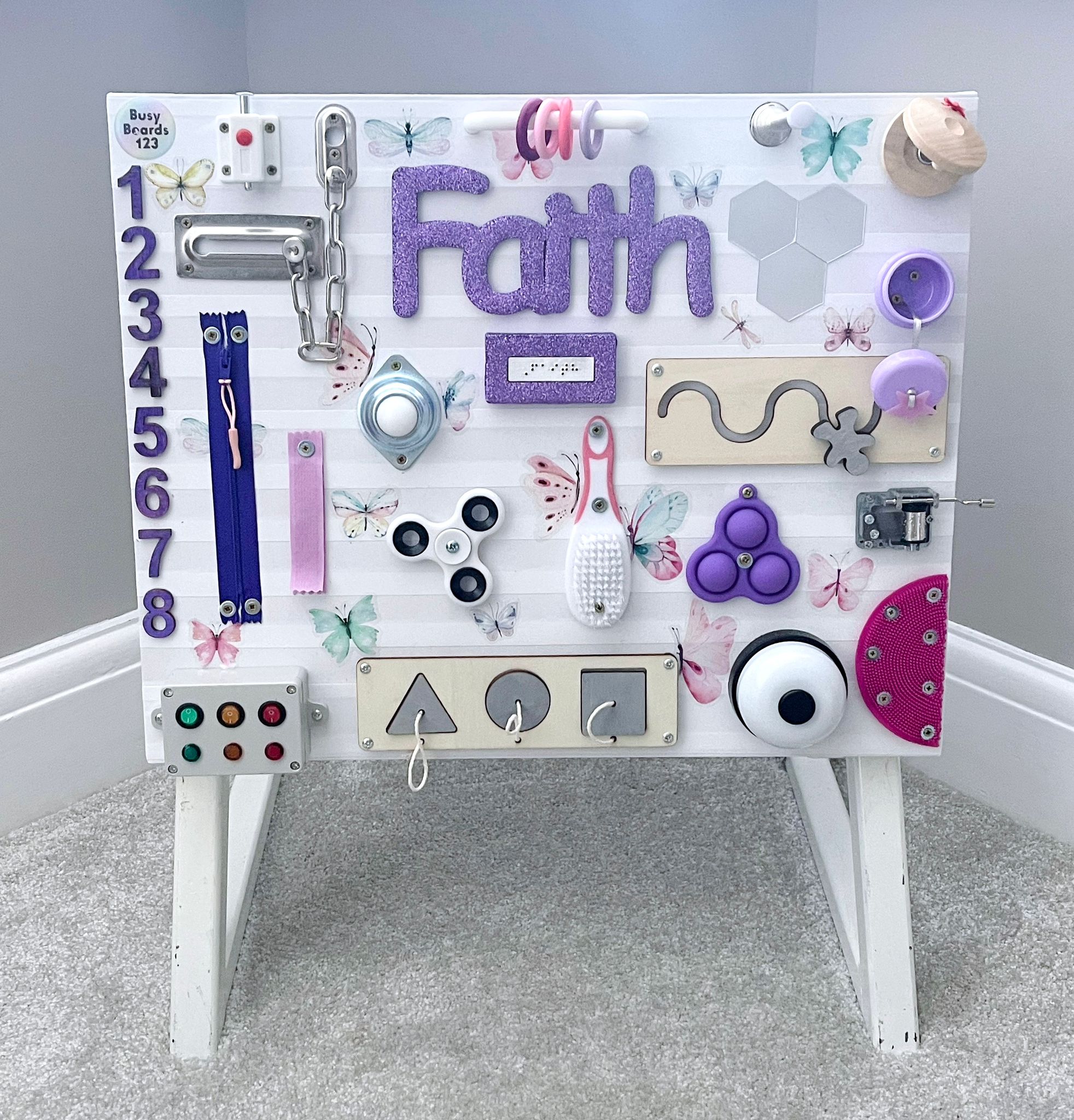Sensory Play for Kids with Autism: Strategies and Activities to Enhance Development and Well-Being
Strategies and Activities to Enhance Development and Well-Being
Sensory Play for Kids with Autism
Sensory play for Kids with Autism is essential to childhood development, allowing children to learn and explore through their senses. For children with autism, who may have sensory processing challenges, sensory play can be particularly helpful. Sensory play activities can help these children develop coping mechanisms, improve communication skills, and enhance overall well-being. In this article, we’ll discuss sensory play strategies and activities for kids with autism.

Sensory Play Strategies
Sensory play activities can be overstimulating for some children with autism. Therefore, it’s important to approach sensory play with a mindful strategy. Here are some strategies that can make the sensory play successful for kids with autism:
Start Small: Introduce sensory activities gradually and let the child adjust to each activity before moving on to the next. Starting with simple activities will help the child become more comfortable with sensory experiences before moving on to more complex activities.

Observe the Child: Watch for cues that indicate discomfort or overstimulation and adjust the activity accordingly. For instance, if the child becomes agitated or distressed, consider reducing the intensity of the activity or stopping it altogether.
Provide Structure: Set clear boundaries and rules for the sensory play activity to help the child feel safe and secure. A structured environment will help the child feel more in control and less anxious about the sensory experience.
Use Familiar Materials: Use materials that the child is already familiar with to make the sensory play less overwhelming. Familiarity will help the child feel more comfortable and confident when engaging in sensory play activities.
Gradually Introduce New Materials: Introduce new materials slowly and allow the child to become familiar with them gradually. Gradual exposure will help reduce any discomfort or anxiety the child may feel when engaging in new sensory experiences.
Use Sensory Integration Techniques: Sensory integration techniques such as deep pressure massage, brushing, and joint compression can help the child feel more comfortable and relaxed during sensory play.
Provide Sensory Breaks: Allow the child to take sensory breaks during the activity to reduce overstimulation. Sensory breaks can include activities such as stretching, jumping, or swinging.
Sensory play activities are a fun and engaging way for children to explore their senses and enhance their development. One such activity that has gained popularity in recent years is the use of busy boards. Busy boards are sensory play tools that consist of a board with various sensory items attached to it, such as zippers, buttons, and buckles. In this article, we’ll explore the benefits of using busy boards as a main sensory play activity for children.
Benefits of Busy Boards
Develop Fine Motor Skills: Busy boards provide children with an opportunity to develop their fine motor skills. Manipulating the various sensory items on the board requires the use of small muscles in the hands and fingers, which helps to improve dexterity and hand-eye coordination.
Encourage Problem-Solving: Busy boards provide children with a fun and interactive way to problem-solve. Figuring out how to use the different sensory items on the board encourages children to think creatively and develop their cognitive skills.
Enhance Sensory Development: Busy boards offer a variety of sensory experiences, from the feel of different textures to the sound of rattles and bells. This helps to enhance a child’s sensory development and can be particularly beneficial for children with sensory processing challenges.
Promote Independence: Busy boards are a great way to promote independence in children. As they manipulate the sensory items on the board, they develop a sense of control and mastery over their environment, which can help to build confidence and self-esteem.
Encourage Exploration: Busy boards are a fun and engaging way for children to explore their environment. They can spend hours manipulating the various sensory items on the board, which encourages curiosity and a sense of wonder about the world around them.
How to Use Busy Boards Sensory Play for Kids with Autism
Provide Supervision: It’s important to supervise children when they are using busy boards to ensure their safety. Make sure that the board is securely attached to a stable surface and that there are no loose parts that could pose a choking hazard.
Introduce Gradually: Introduce the busy board gradually, starting with a few sensory items at a time. This will allow the child to become familiar with the board and build their confidence before moving on to more complex activities.
Use Positive Reinforcement: Encourage and praise the child as they explore and manipulate the sensory items on the board. This will help to build their confidence and motivate them to continue engaging with the board.
Make it Fun: Busy Boards 123 use a variety of sensory items on the board, such as different textures, sounds, and colours. This will keep the child engaged and interested in exploring the board.
Personalise the Board: Personalise the busy board with items that the child enjoys, such as their favourite colours or characters. This will help to make the board more appealing and engaging for the child.
Using busy boards as a main sensory play activity can significantly enhance a child’s sensory development and promote independence, problem-solving, and exploration. Busy boards provide children with a fun and engaging way to develop their fine motor skills, cognitive abilities, and sensory processing. With proper supervision and a variety of sensory items, busy boards can offer hours of educational and entertaining experience for children of all ages.